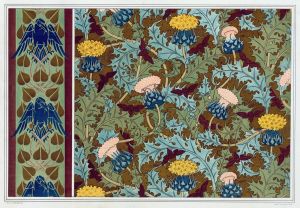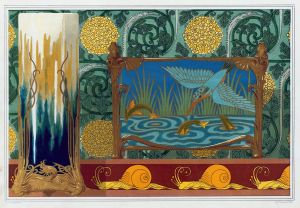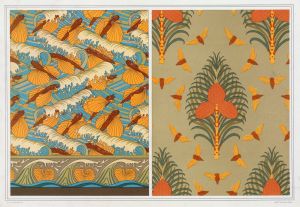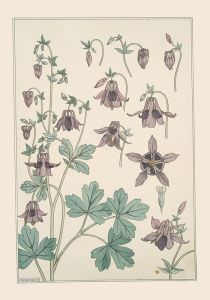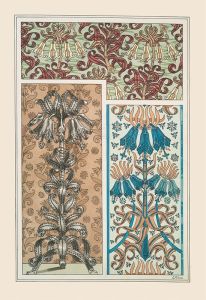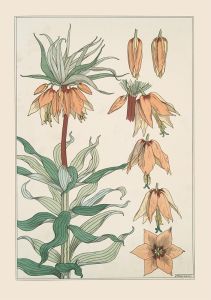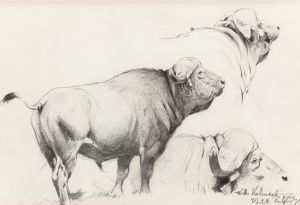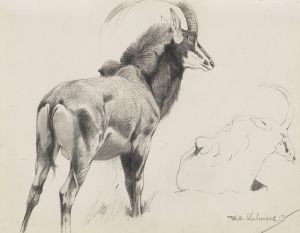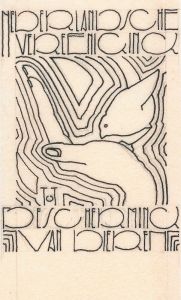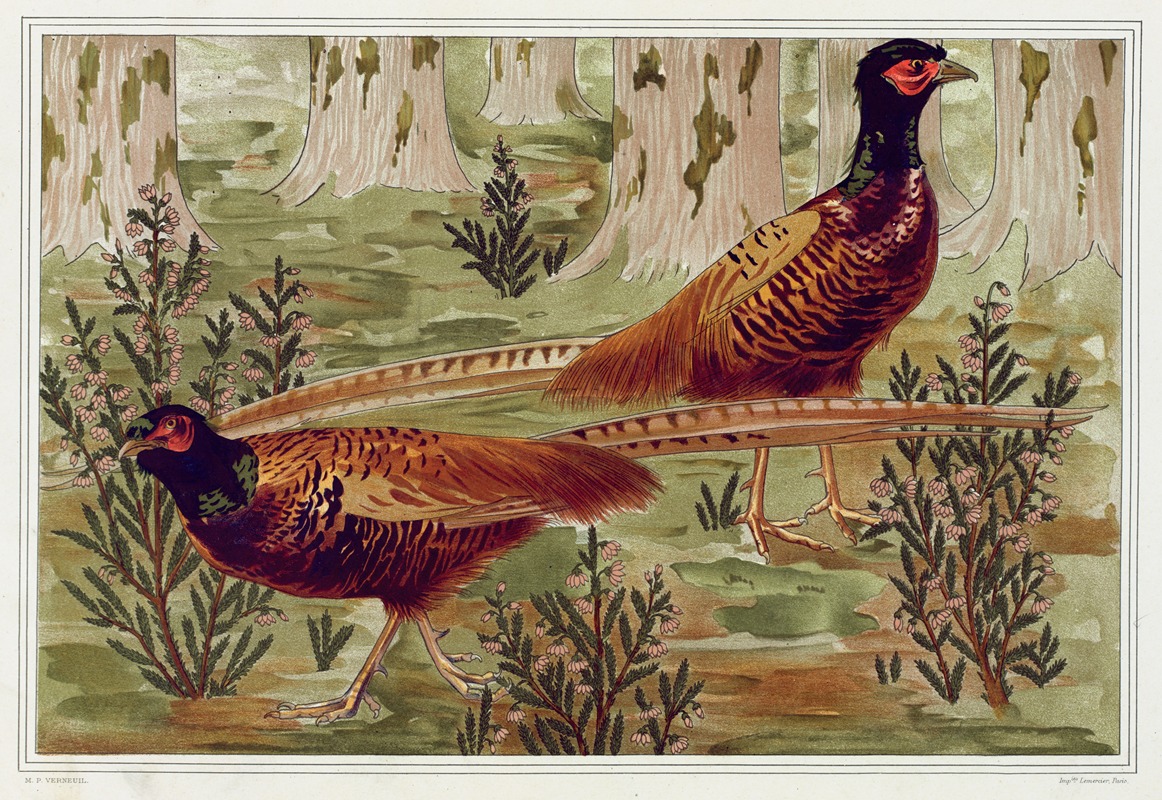
Faisans ordinaires.
A hand-painted replica of Maurice Pillard Verneuil’s masterpiece Faisans ordinaires., meticulously crafted by professional artists to capture the true essence of the original. Each piece is created with museum-quality canvas and rare mineral pigments, carefully painted by experienced artists with delicate brushstrokes and rich, layered colors to perfectly recreate the texture of the original artwork. Unlike machine-printed reproductions, this hand-painted version brings the painting to life, infused with the artist’s emotions and skill in every stroke. Whether for personal collection or home decoration, it instantly elevates the artistic atmosphere of any space.
Maurice Pillard Verneuil was a prominent French artist and designer known for his contributions to the Art Nouveau movement. Born in 1869, Verneuil was recognized for his innovative use of natural forms and motifs, which he often incorporated into his designs for posters, textiles, and wallpapers. His work is characterized by its intricate patterns and vibrant colors, reflecting the influence of both Japanese art and the natural world.
One of Verneuil's notable works is "Faisans ordinaires," which translates to "Common Pheasants." This piece is part of his broader exploration of nature-inspired themes, a hallmark of the Art Nouveau style. The artwork likely features detailed depictions of pheasants, showcasing Verneuil's skill in rendering the elegance and beauty of wildlife. His approach often involved stylizing natural elements, which allowed him to create harmonious and decorative compositions that were both aesthetically pleasing and functional for applied arts.
Verneuil's work, including "Faisans ordinaires," was influential in the decorative arts during the late 19th and early 20th centuries. His designs were not only appreciated for their artistic merit but also for their practical application in various forms of decorative art. This dual focus on beauty and utility was a key aspect of the Art Nouveau movement, which sought to break down the barriers between fine art and applied art.
Throughout his career, Verneuil published several influential books and portfolios that disseminated his designs and ideas. These publications often included plates of his work, serving as inspiration for other artists and designers of the period. His ability to translate the organic forms of nature into stylized, decorative patterns made his work highly sought after in the realms of interior design and architecture.
Verneuil's contributions to the Art Nouveau movement extended beyond his own creations. He was part of a larger network of artists and designers who were redefining the visual language of the time. His work was exhibited alongside other prominent figures of the movement, and he was actively involved in the artistic community that was pushing the boundaries of traditional design.
While specific details about "Faisans ordinaires" may not be extensively documented, it can be appreciated within the context of Verneuil's broader oeuvre. His work remains a testament to the enduring appeal of Art Nouveau and its celebration of nature's beauty. Verneuil's legacy continues to influence contemporary designers who draw inspiration from the organic forms and intricate patterns that defined his art.
In summary, Maurice Pillard Verneuil's "Faisans ordinaires" exemplifies the artist's mastery of integrating natural motifs into decorative art. His work played a significant role in the Art Nouveau movement, and his influence can still be seen in modern design. Through his innovative approach, Verneuil helped to elevate the status of applied arts, blurring the lines between functionality and aesthetic beauty.





